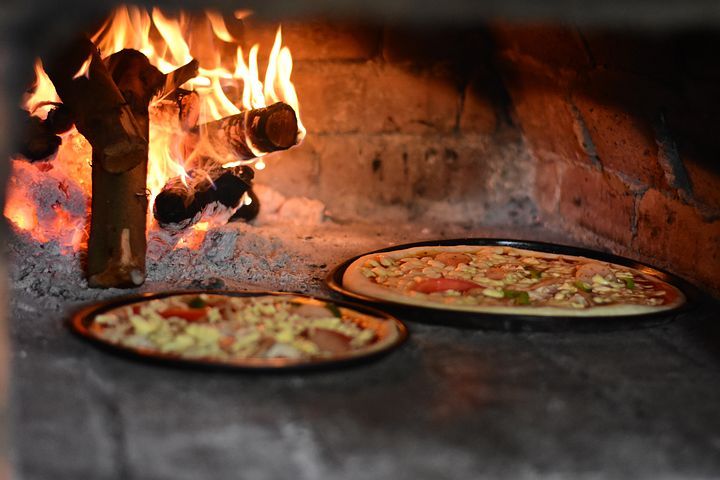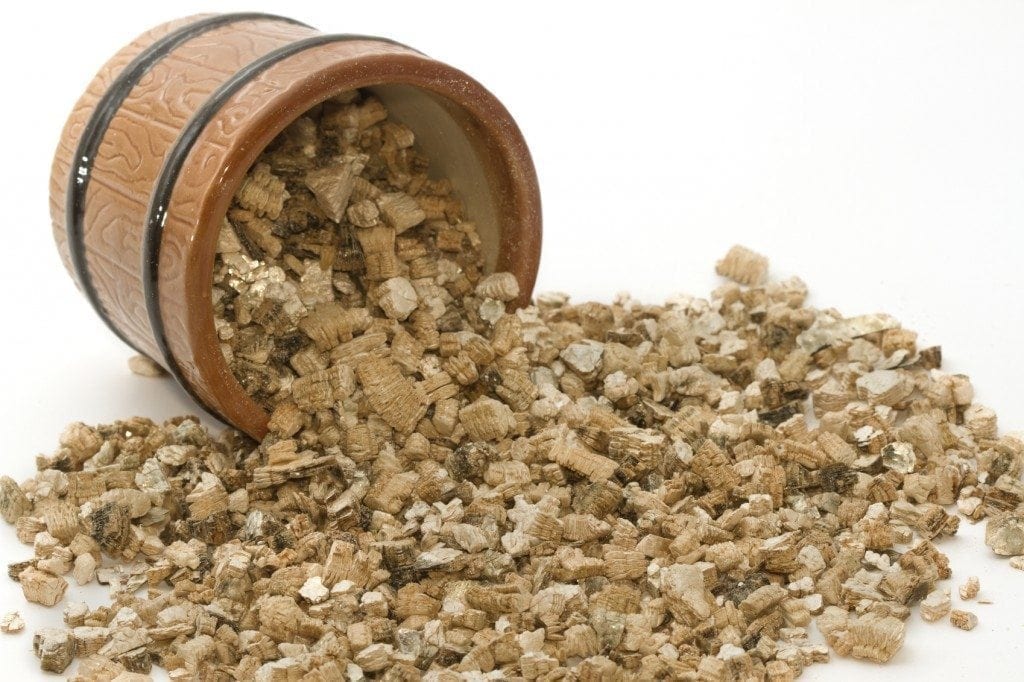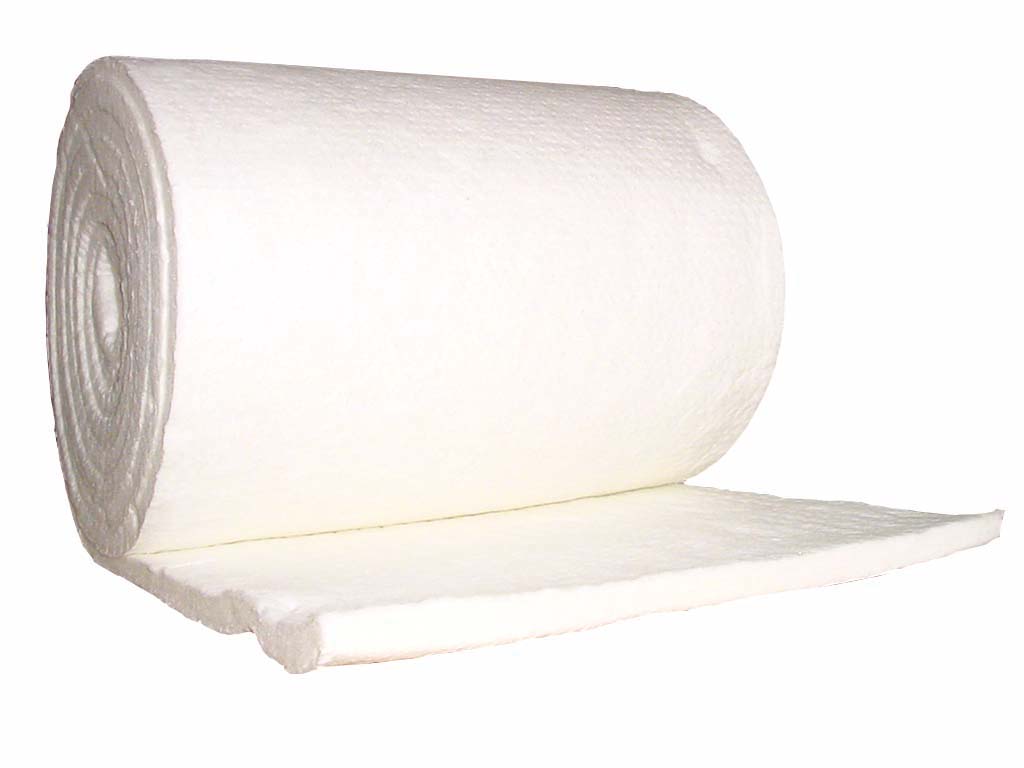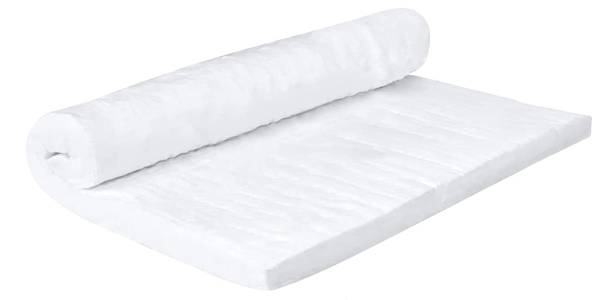
Top Fire Bricks Alternatives
Fire bricks are a type of refractory material that is used in the construction of furnaces, kilns, chimneys and other high-temperature applications. Fire bricks are made from fire-resistant clay, which can withstand temperatures up to 2,000 degrees Fahrenheit. While fire bricks are a reliable and long-lasting option for these types of applications, there are also a variety of alternatives to consider.
What makes a brick a fire brick?
A fire brick is a type of brick designed to withstand high temperatures and direct heat, usually for use in fireplaces, ovens, and furnaces. Fire bricks are made from a mix of fire clay, calcium oxide, and alumina, which can withstand temperatures up to 2,000°F. Fire bricks are usually formed in a rectangular shape and are usually thicker than regular bricks.
How can you tell if a brick is a fire brick?
You can tell if a brick is a fire brick by looking at it. Fire bricks are usually thicker than regular bricks and come in a rectangular shape. They may also have a reddish or orange-brown colour. Additionally, fire bricks are usually labelled as "fire brick" or "refractory brick".
Firebrick Alternatives
Refractory cement is one of the most common alternatives to fire bricks. It is a heat-resistant material that is made from a combination of sand and cement. Refractory cement has the advantage of being able to withstand temperatures of up to 3,000 degrees Fahrenheit, which is higher than fire bricks. It is also a more affordable option than fire bricks, and it can be easily applied with a trowel. However, refractory cement is not as durable as fire bricks and can be susceptible to cracking over time.
Ankar Sandstone is a great alternative to fire bricks because it is more durable and less expensive. It is also capable of withstanding extreme temperatures and heat, making it an ideal choice for fireplaces, ovens, and other high temperature applications. Unlike fire bricks, Ankar Sandstone does not crack or break when exposed to high temperatures and can withstand temperatures up to 1500 degrees Celsius. Additionally, Ankar Sandstone is easy to work with and can be cut, carved, and shaped into a variety of shapes and sizes. Finally, Ankar Sandstone is a natural material that is eco-friendly, making it a great choice for those looking to be environmentally conscious.
Red Clay Bricks are an attractive and cost-effective alternative to fire bricks. They are strong and durable, providing a long-lasting structure, and are typically more affordable than fire bricks. Additionally, red clay bricks can be easily cut and shaped to fit any desired design, making them a popular choice for masonry projects. They are also highly resistant to heat, making them suitable for use in fireplaces, ovens, barbecues, and other areas where extreme heat is present. Red clay bricks can also be painted or stained to blend with a variety of decorating styles, making them a versatile building material.

Vermiculite is another alternative to fire bricks. It is a silicate mineral that is mined from the earth and is capable of withstanding temperatures of up to 1,800 degrees Fahrenheit. Vermiculite is lightweight and easy to work with, making it a popular choice for use in high-temperature applications. However, it is not as heat-resistant as fire bricks and refractory cement, so it may not be suitable for some applications.

Finally, Ceramic fibre is another alternative to fire bricks. It is a type of fiber-reinforced ceramic composite that is capable of withstanding temperatures of up to 2,300 degrees Fahrenheit. Ceramic fiber is lightweight and easy to handle, and it can provide superior insulation properties compared to other materials. However, ceramic fiber is more expensive than fire bricks and other alternatives, and it can be difficult to work with.

Ceramic Fiber Rated to 2400F
Ceramic Fiber Blanket Fireproof Insulation Baffle Rated to 2400F
Can any brick be a fire brick?
No, not any brick can be a fire brick. Fire bricks are designed to withstand very high temperatures and are usually made of refractory ceramic material.
Can I use a wood burner without fire bricks?
Yes, you can use a wood burner without fire bricks, but it is not recommended. Fire bricks provide additional insulation and protection from heat and help to keep the wood burner from overheating.
Can I use regular bricks for a fireplace?
No, regular bricks are not suitable for use as a fireplace. Regular bricks are not designed to withstand high temperatures, and using them could cause them to crack or shatter.
Can I use refractory cement instead of fire bricks?
Yes, you can use refractory cement instead of fire bricks. Refractory cement is a specially formulated heat-resistant material that can be used to build a fire pit or other outdoor fireplace. It is usually made of a combination of refractory aggregates and a bonding agent, such as clay. This material can withstand temperatures up to 2000 degrees Fahrenheit and is designed to be more durable than standard cement.
Can I use pavers as fire bricks?
No, you cannot use pavers as fire bricks. Pavers are typically made of concrete, which is not suitable for use in a fire pit. Fire bricks are made of a material such as clay, which is able to withstand high temperatures and is less likely to crack or break when exposed to extreme heat.
Can I use red brick for a fire pit?
Red brick can be used for a fire pit, but it is not recommended. Red brick is not as heat-resistant as other types of brick, and it is more likely to crack and break when exposed to extreme temperatures. Fire bricks are specifically designed to withstand high temperatures and should be used instead of red brick for fire pits.
There are a variety of alternatives to fire bricks that can be used for high-temperature applications. Refractory cement is a popular choice due to its affordability and heat resistance, while vermiculite is lightweight and easy to work with. Ceramic fibre is also an option, although it is more expensive and difficult to work with. Each of these alternatives has its own set of benefits and drawbacks, so it is important to consider all of them before making a decision.